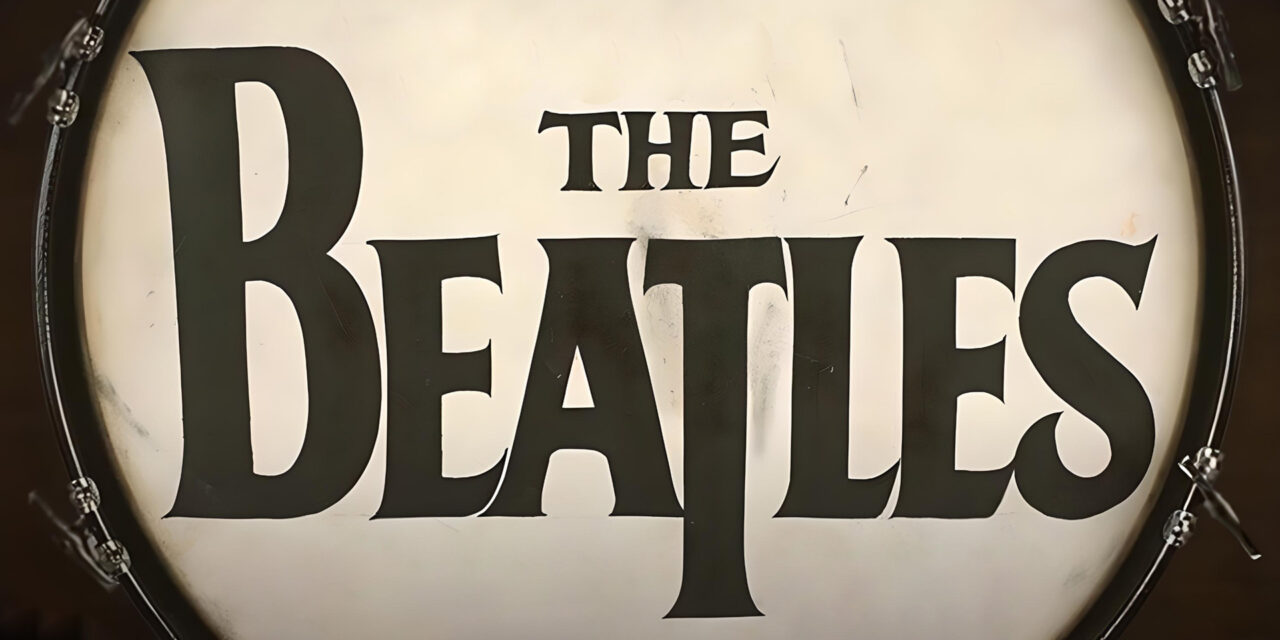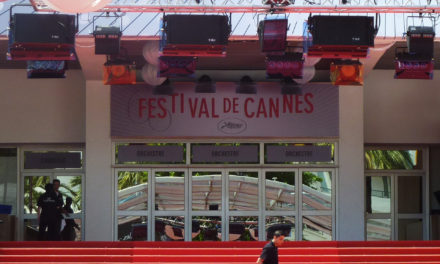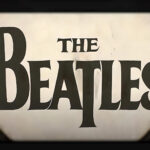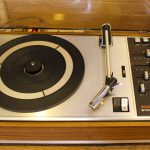When The Beatles first became famous, they had a unique style, charisma, and, most importantly, amazing music. But to ensure long-term success, they needed a distinct image. Their manager, Brian Epstein, believed this was crucial.
Epstein thought that for John Lennon, Paul McCartney, George Harrison, and Ringo Starr to connect with a large audience, they needed to look as impressive as they sounded. So, he transformed their rougher early image, swapping their leather jackets and slick hairstyles for tailored collarless suits, moptop haircuts, and ankle-high Chelsea boots, which later became iconic.
This new look made The Beatles instantly recognizable worldwide by 1963-1964. However, they still lacked a logo, which Epstein would soon address, though unintentionally.
In April 1963, Ringo Starr needed a new drum kit for an upcoming tour, so Epstein took him to a shop in London’s West End. The store, Drum City, was run by Ivor Arbiter, who specialized in drum kits. Ringo chose a Ludwig Downbeat set, but Epstein didn’t want to pay full price and tried to negotiate a deal where Drum City would give the drums for free in exchange for publicity. Arbiter wasn’t interested, as he didn’t know much about the Beatles at the time.
They eventually compromised: Ringo would trade in his old drum set, and Ludwig’s logo would be placed on the new bass drum. Epstein also requested that The Beatles’ name be painted on the drum for an extra £5. Arbiter sketched out the logo idea on the spot, enlarging the “B” and lowering the “T” in “Beatles” to highlight the pun on the word “beat.”
This logo became iconic, especially after The Beatles’ appearance on the Ed Sullivan Show in 1964. It later appeared on their album covers, merchandise, and was trademarked in 1994 by their company, Apple.
Arbiter continued working in the music industry, providing equipment to artists like Jimi Hendrix. He even introduced karaoke to Britain, but his most famous contribution remains that iconic drop-T logo for The Beatles.














Leave a Reply